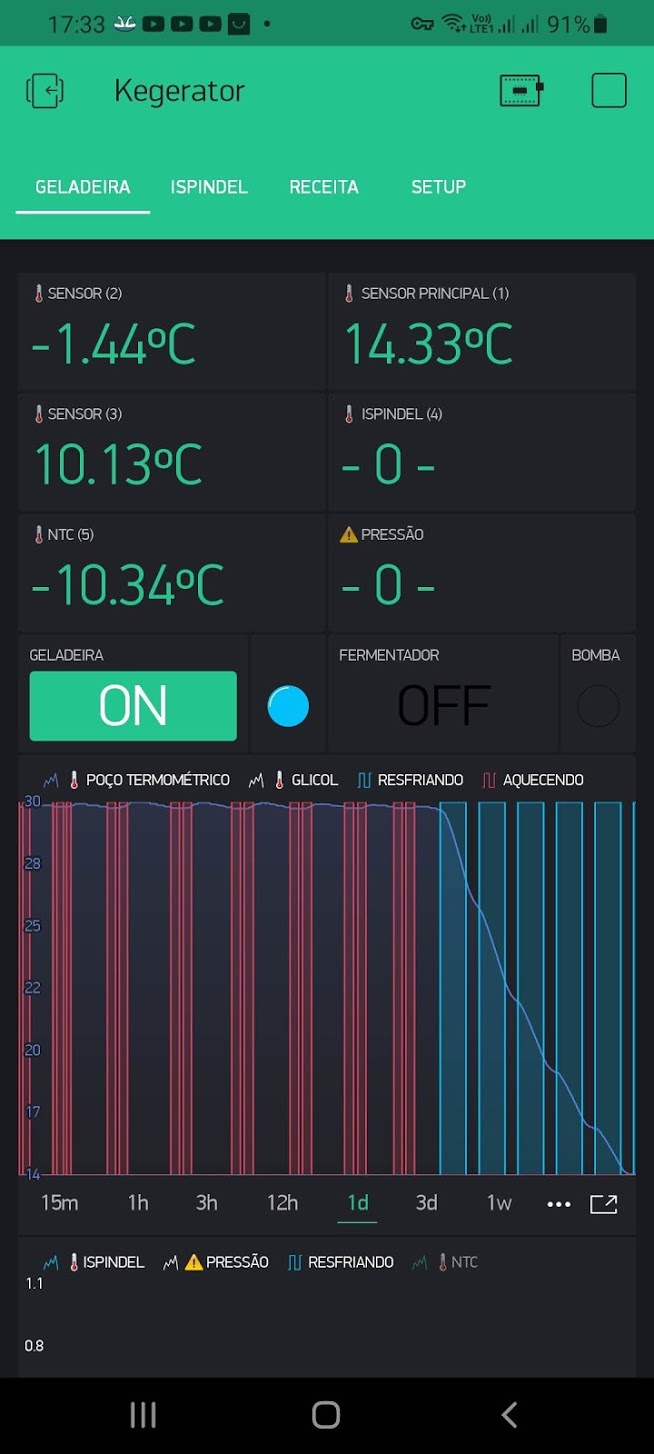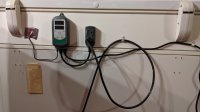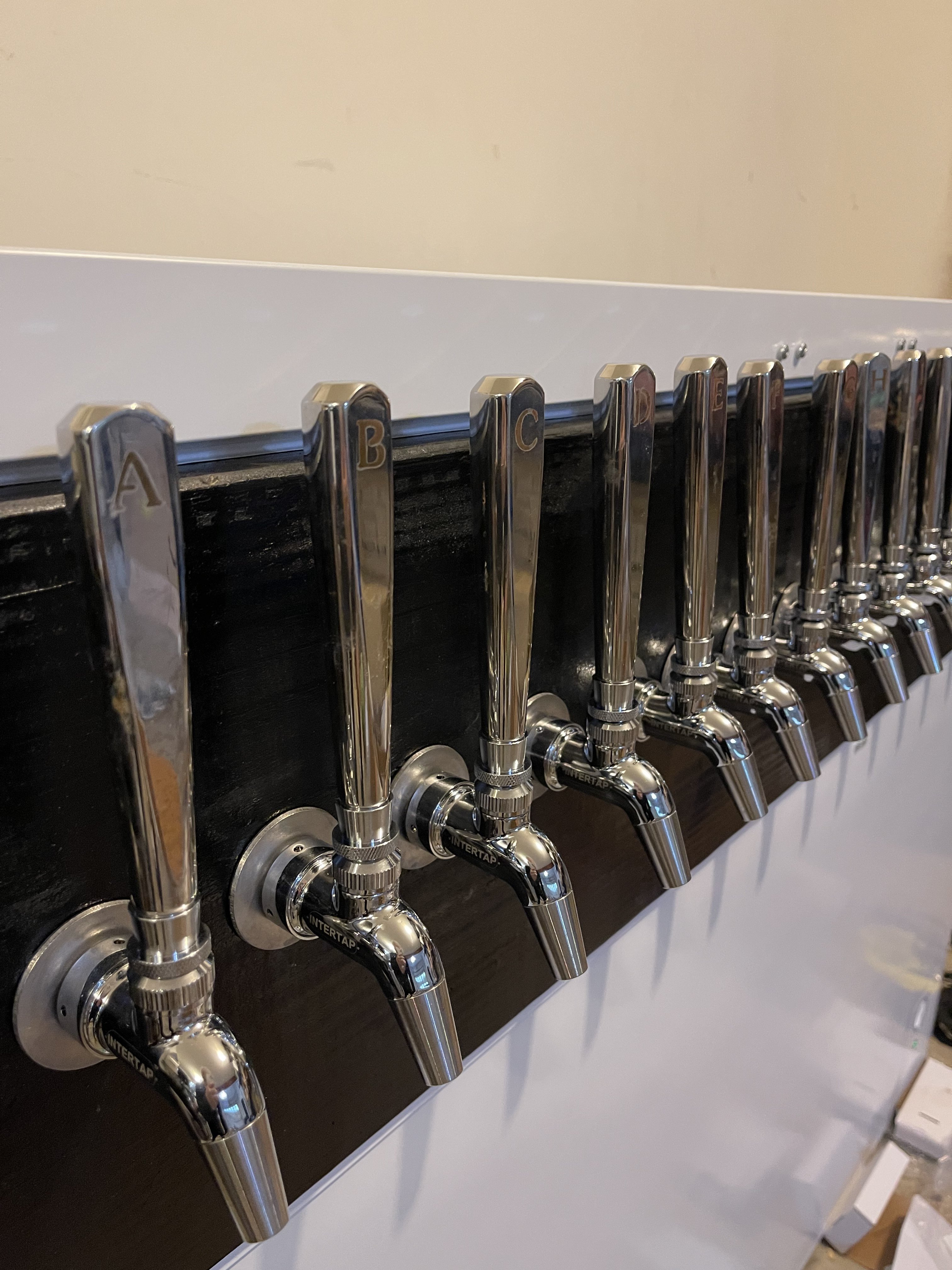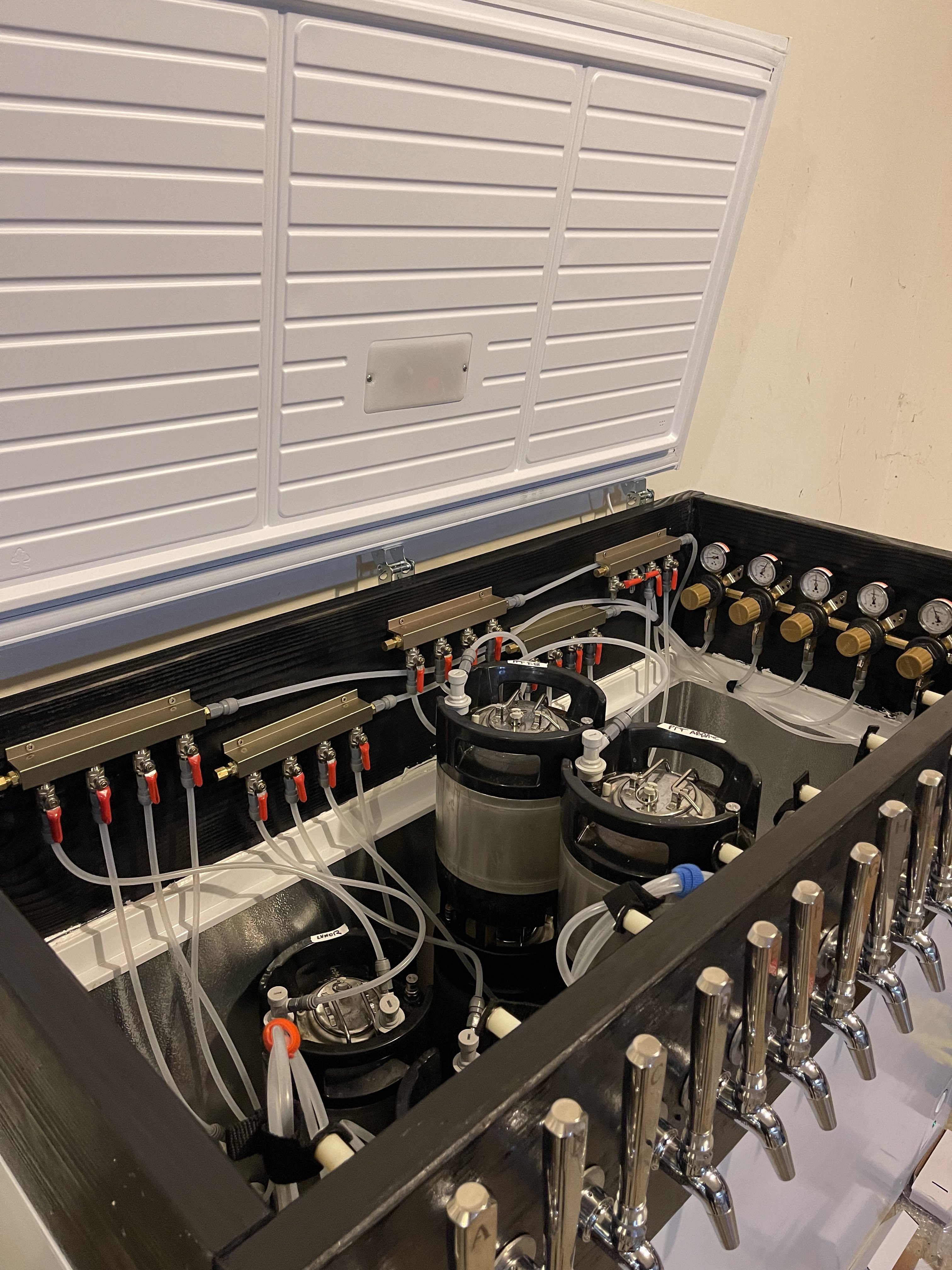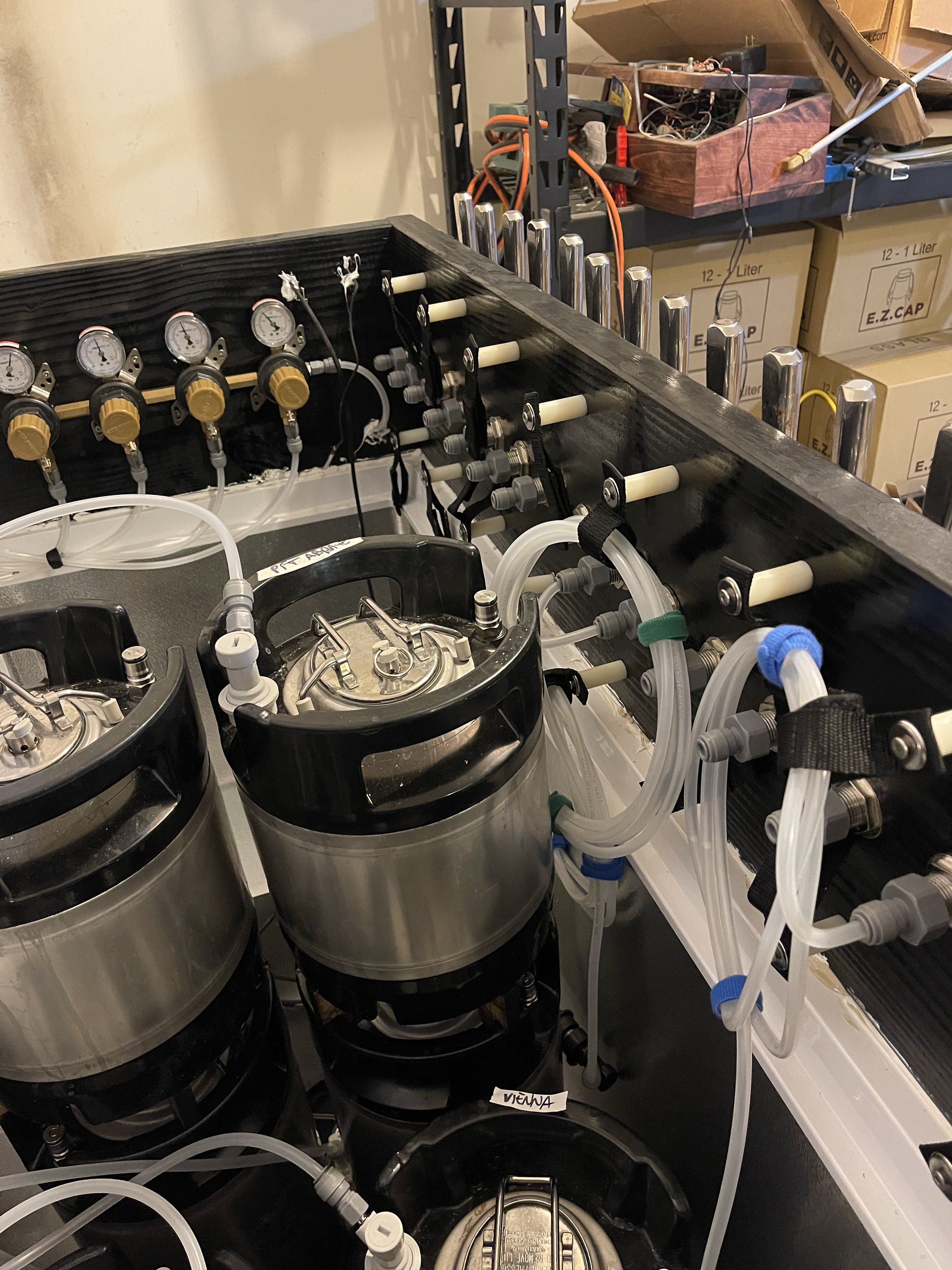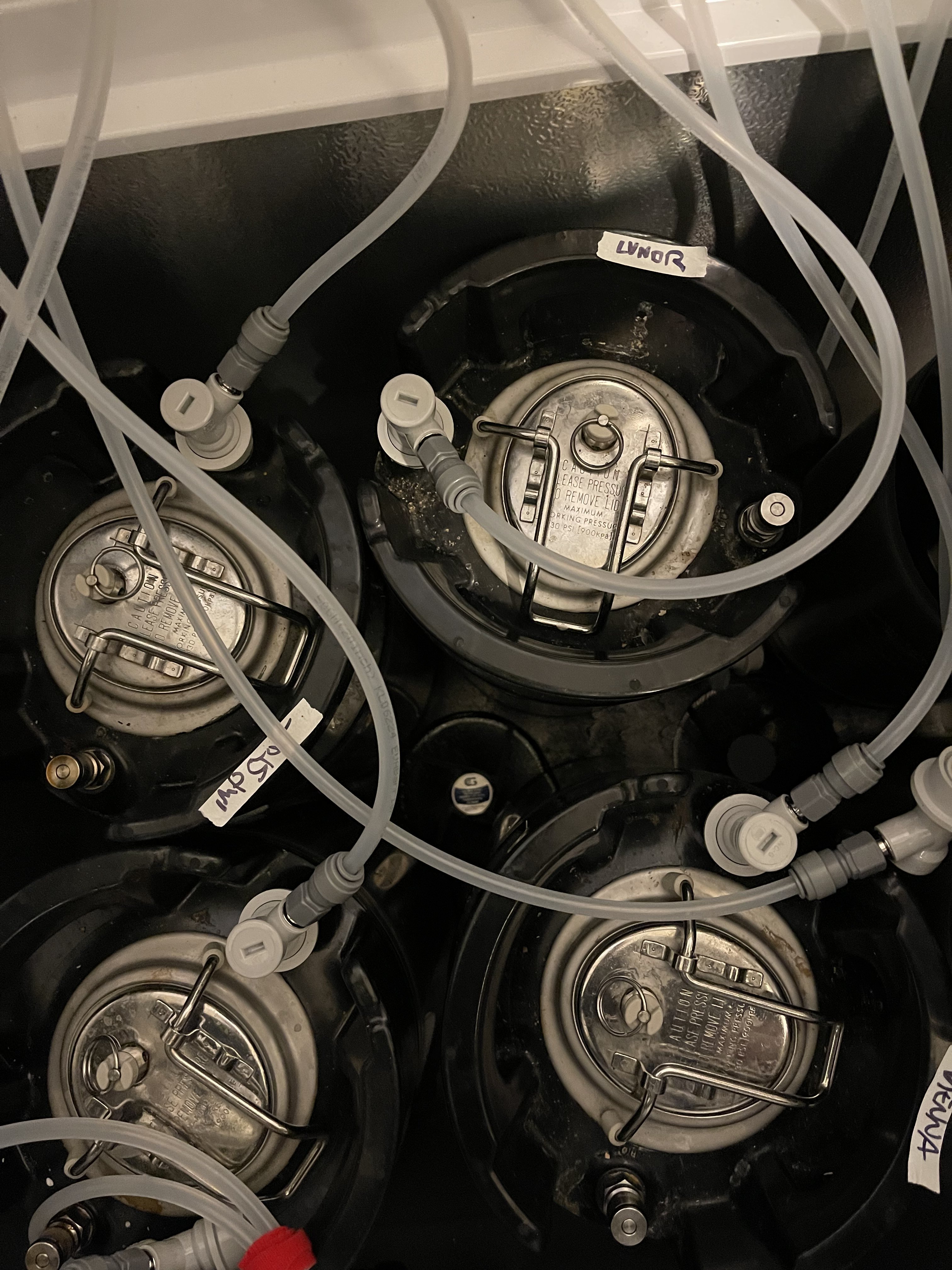For heavy duty platforms inside my brew fridges I used 3/4" plywood. Cut to pick up the original shelving supports molded into the liners on my two smaller 17cf fridges, with added center and/or front supports as needed. Ironically that wouldn't work on the 22cf fridge (food compartment is actually shorter!) so I had to add supports on the sides, back, and down the middle. I don't ferment in the 22 so no reptile bulb heater nor fan.
I've had as many as 5 full kegs on the two smaller 17cf fridges and 6 full kegs on the 22cf unit.


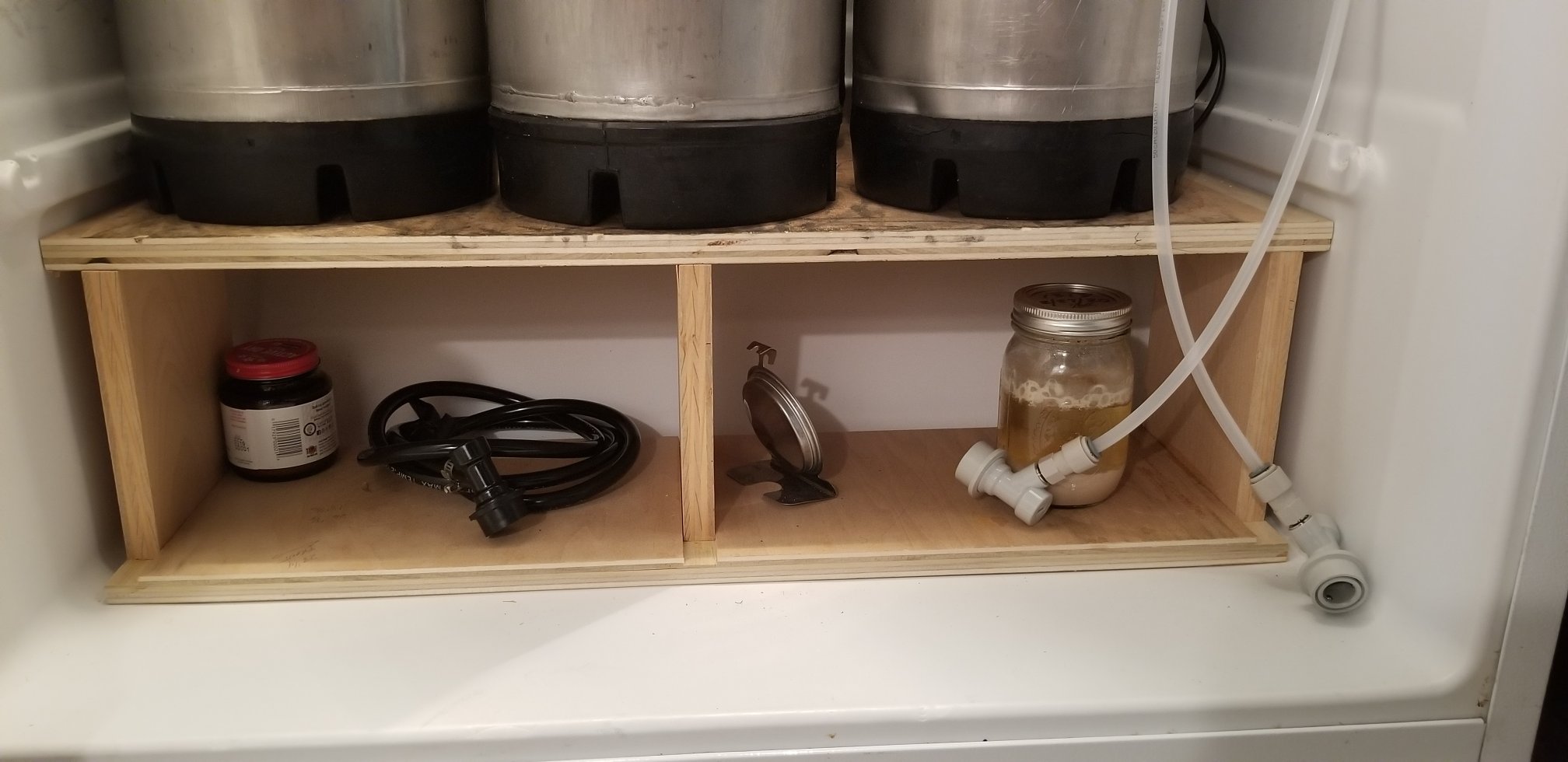
Cheers!
I've had as many as 5 full kegs on the two smaller 17cf fridges and 6 full kegs on the 22cf unit.



Cheers!















































![Craft A Brew - Safale S-04 Dry Yeast - Fermentis - English Ale Dry Yeast - For English and American Ales and Hard Apple Ciders - Ingredients for Home Brewing - Beer Making Supplies - [1 Pack]](https://m.media-amazon.com/images/I/41fVGNh6JfL._SL500_.jpg)
















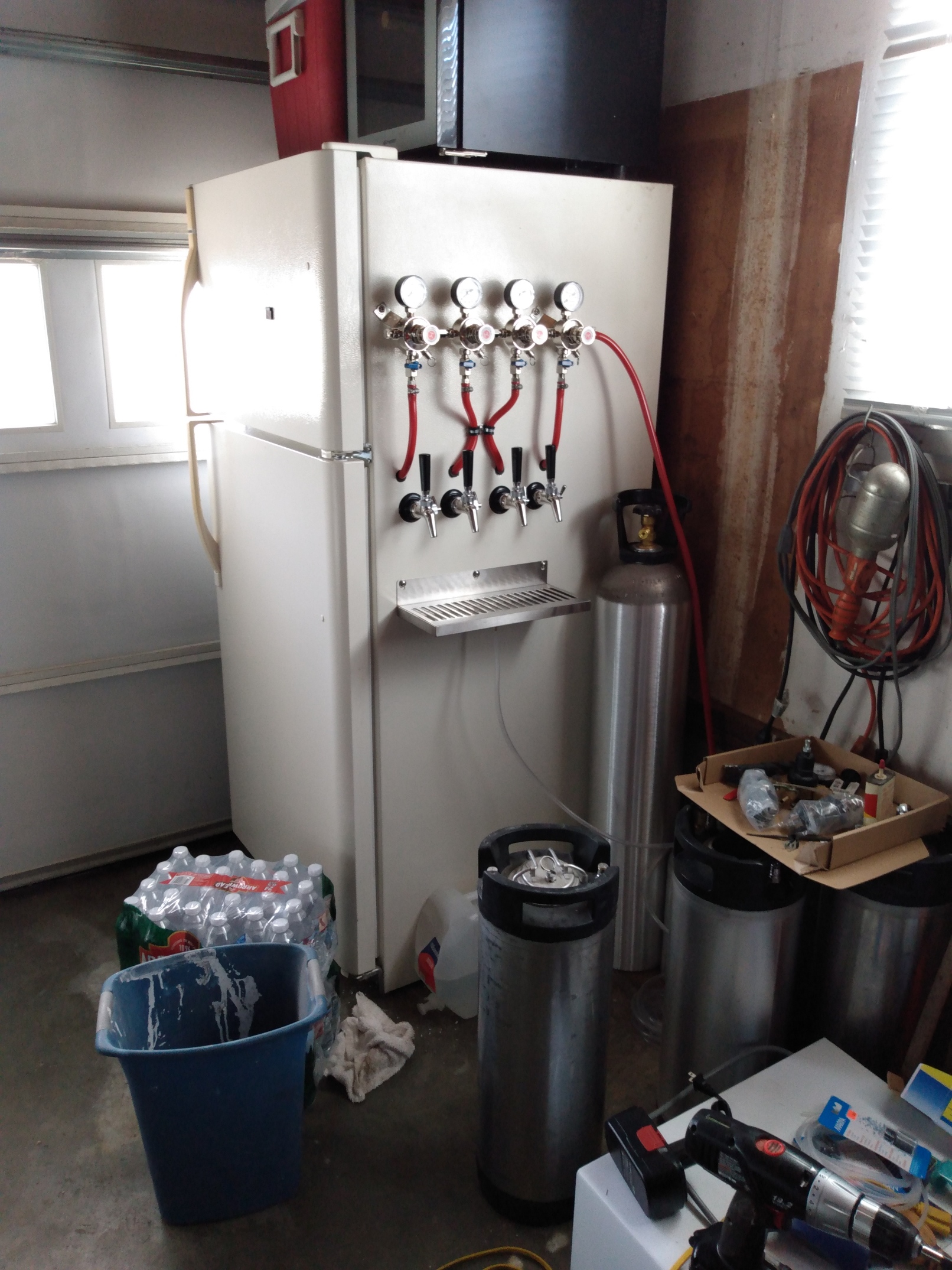
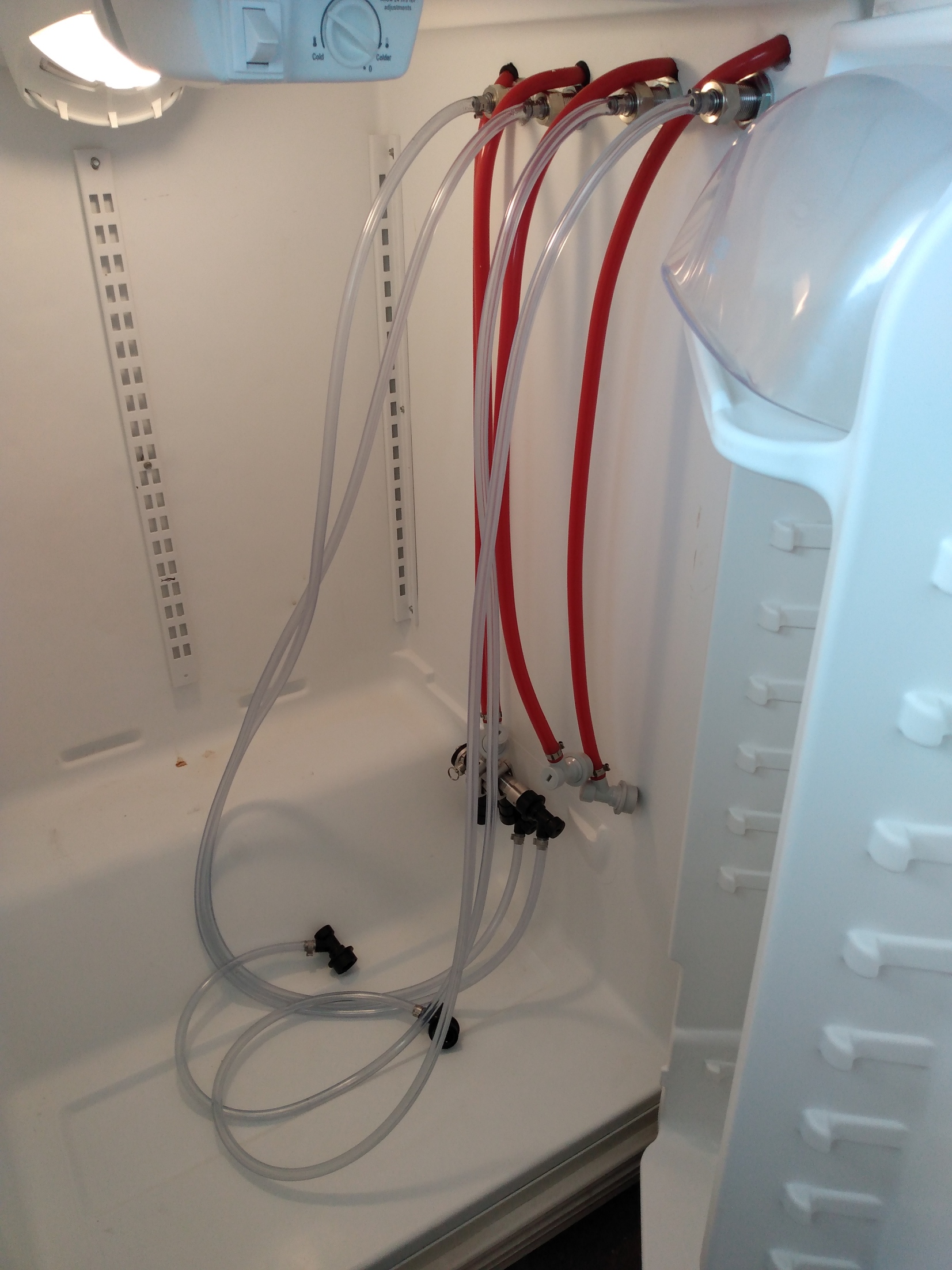


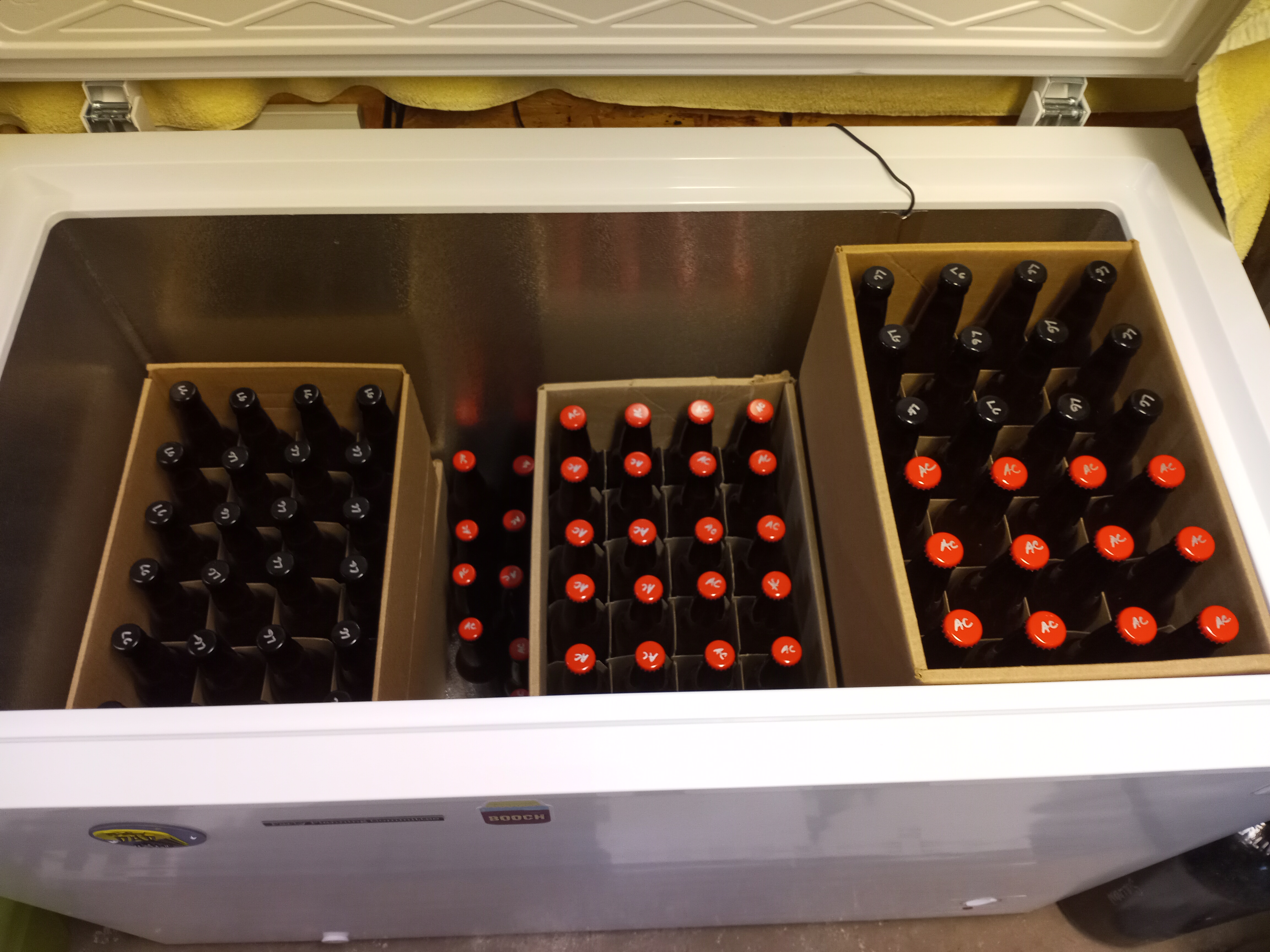





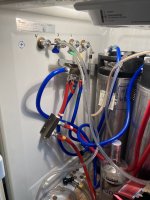


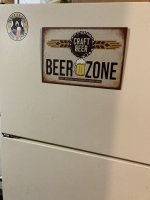
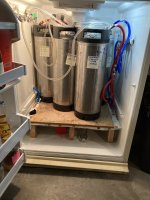




 )
)